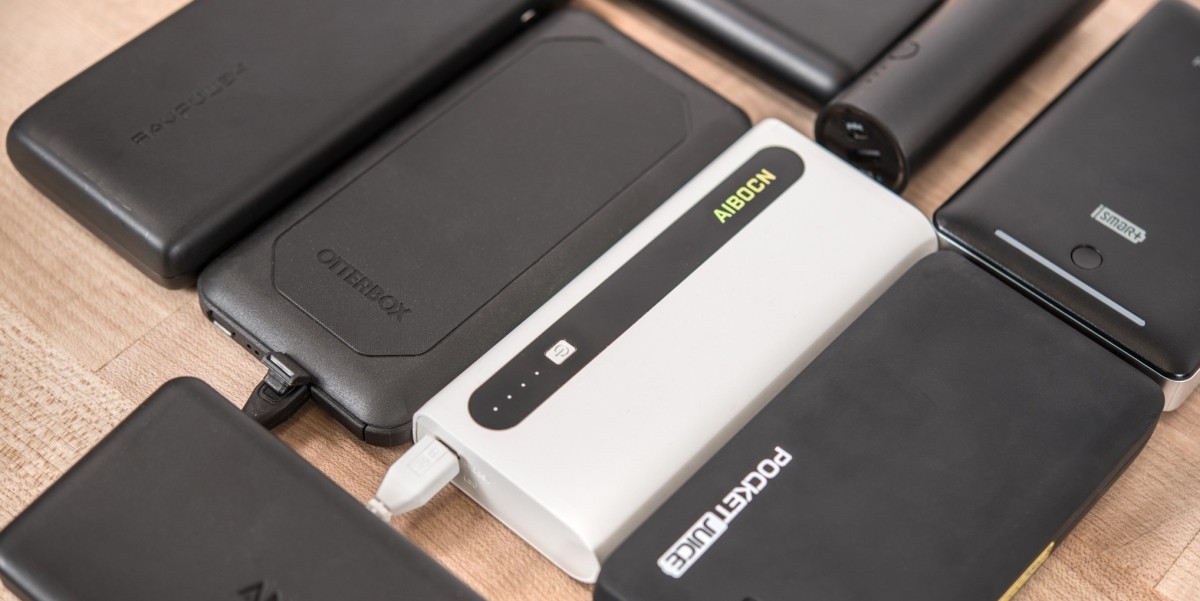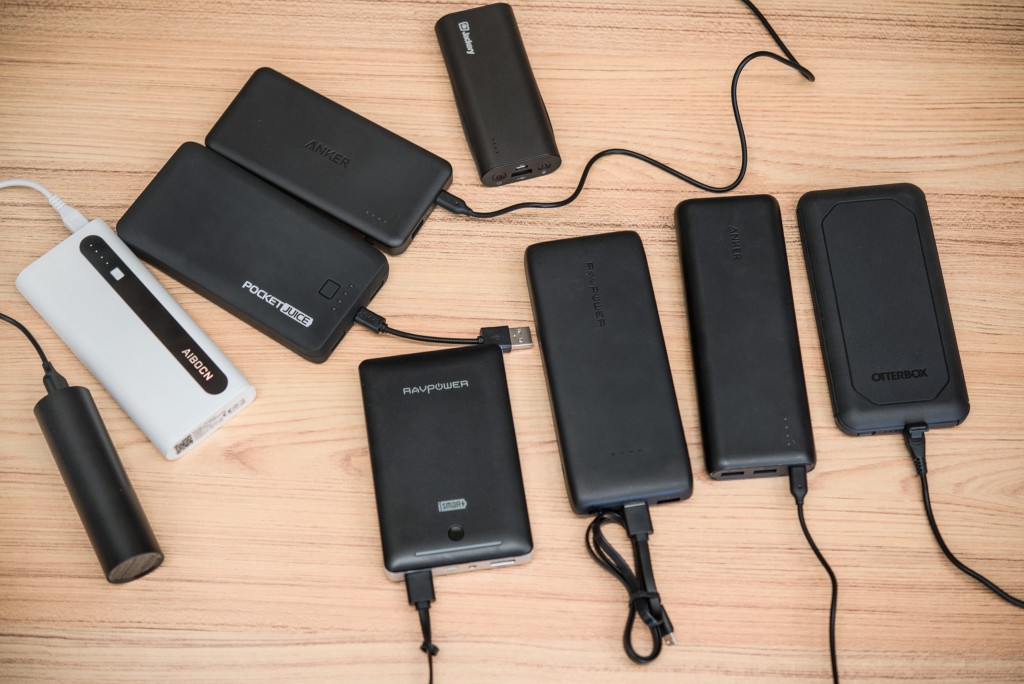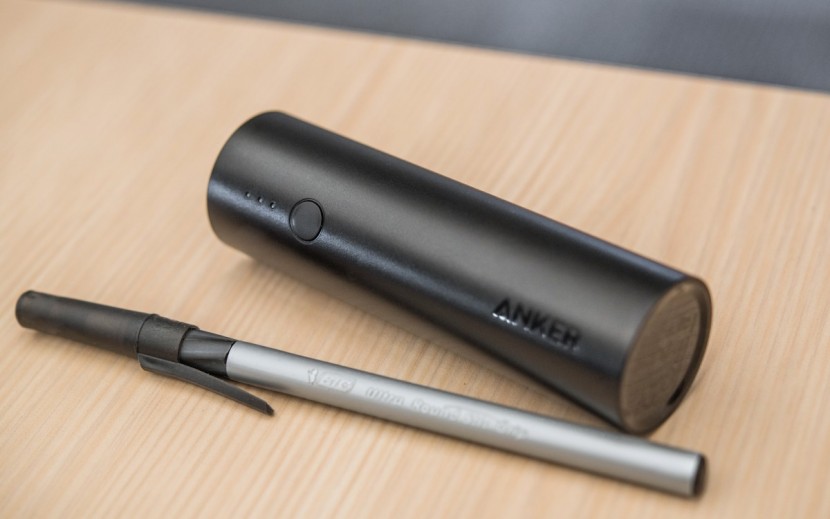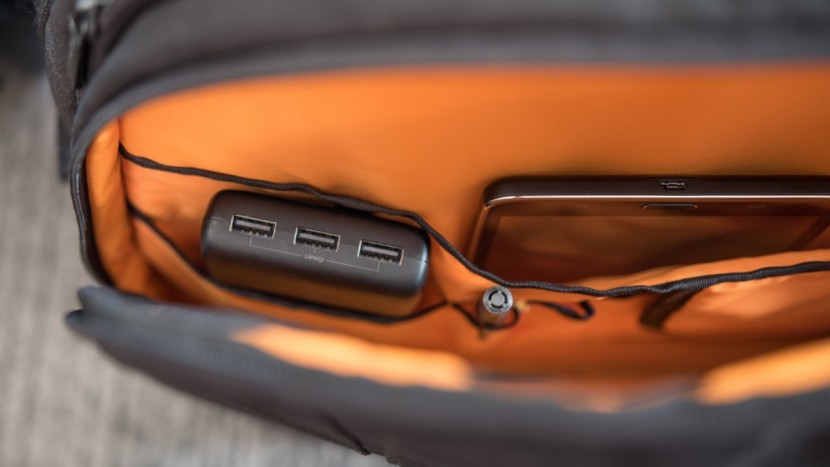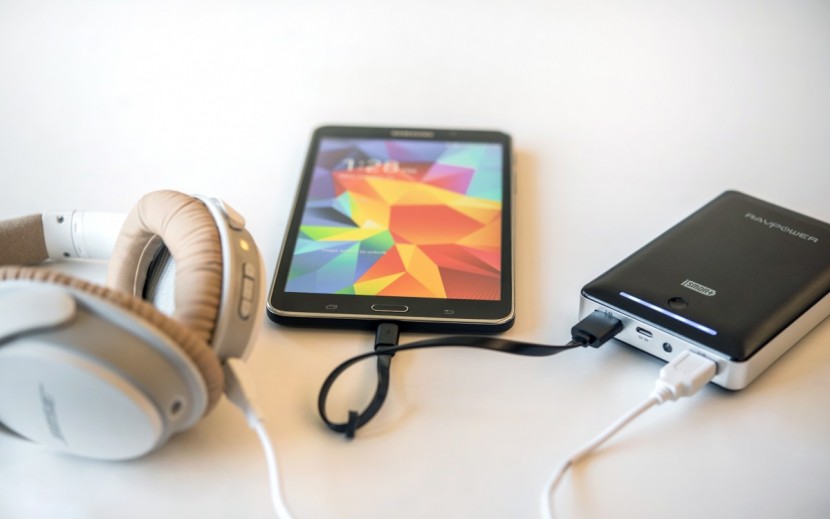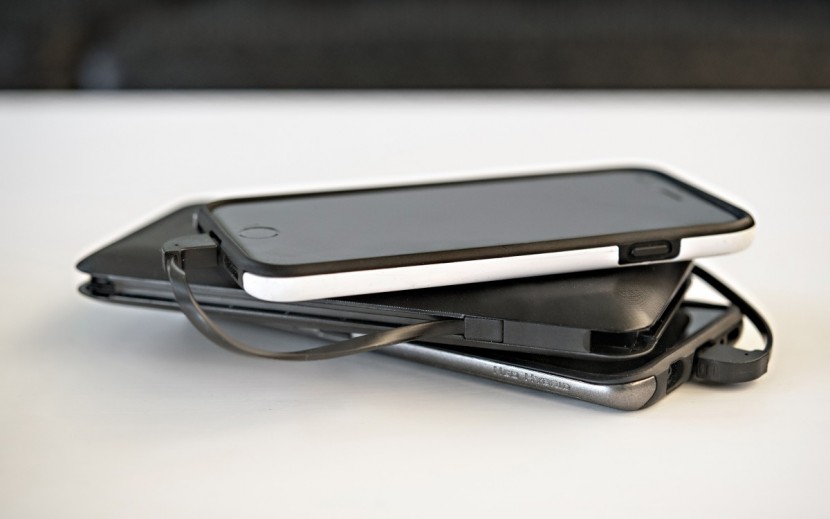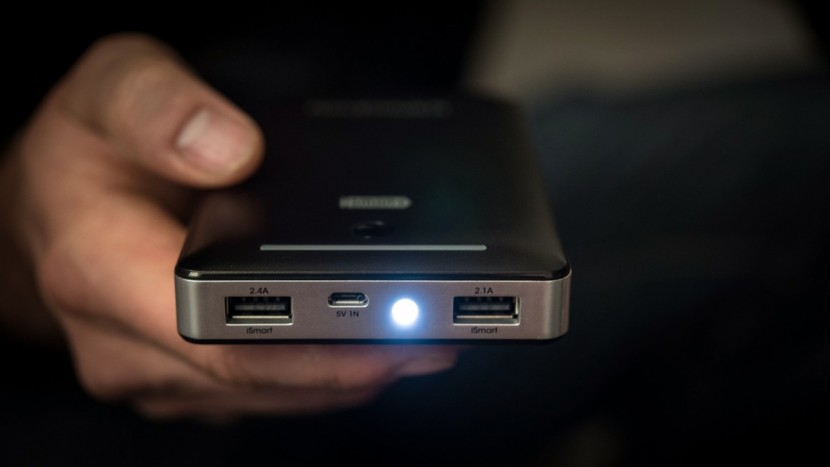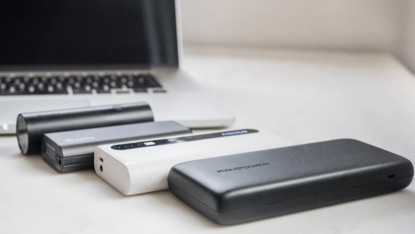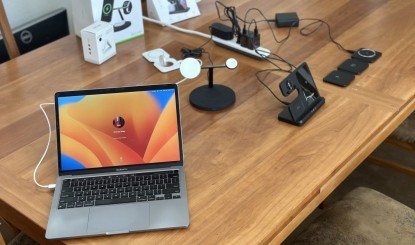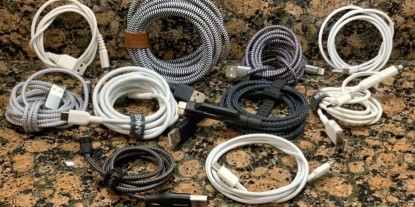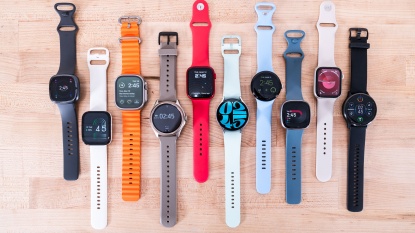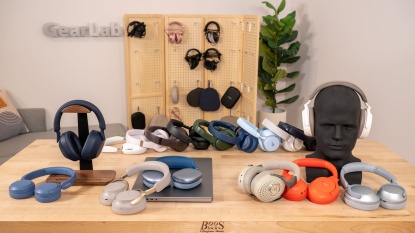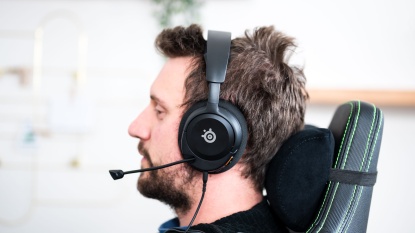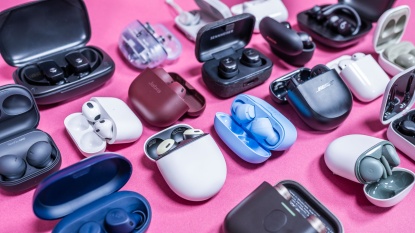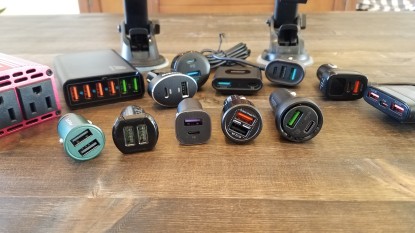Confused about what all the different specs mean when comparing portable power bank charges? Wondering what an amp, amp-hour, or milliamp-hour actually means? We break down all this and more to help you figure out which portable power pack is the best fit for you, why you might want one, and what to look for when shopping for a new one. However, if you just want to see how individual products did and which portable battery packs came out on top, head on over to our comprehensive review of power banks for the scoop.
Step 1: How Big a Battery Do You Need?
The first thing you will notice when comparing different power banks is the different capacities available. This is usually measured in milliamp-hours, with the “milli-” prefix making this unit 1/1000 of an amp-hour. Ironically, most battery packs are actually several thousand milliamp-hours, meaning that a 10,000 mAh or 20,000 mAh pack could be written much more concisely as 10 Ah or 20 Ah. However, that is the standard that almost every manufacturer has picked for consumer electronics, so we will stick with that.
Essentially, the milliamp-hour capacity refers to the total amount of electrical energy that each battery pack can store. Specifically, it states how many milliamps of electric current each battery pack can provide for one hour. To use a car analogy, the milliamp-hour rating is akin to how large of a gas tank the battery has.
Now that you have a good idea what the capacity rating refers to, it's time to determine which size battery is the best fit for you. While a larger battery can obviously charge more devices more times than a smaller battery, bigger isn't necessarily better when it comes to these products. As a battery's capacity increases, its physical volume, weight, and price usually follow suit.
If you are just looking for a battery to top off your smartphone at the end of the day or carry as a backup in case you forget to charge your phone one day, we would recommend a 5,000 to 10,000 mAh product. These should be able to charge a single smartphone 1-3 times and are usually small enough to be carried around in a pocket or purse without any significant discomfort or weight gain. These smaller power packs also recharge significantly faster than their larger brethren.
If you usually carry two devices and want to ensure that you can charge both of them completely, you may want to size up to a 10,000 to 15,000 mAh pack. You can probably get away with a 5,000 mAh pack if you are charging two smaller devices, like a work and personal phone, or a smartphone and smartwatch. However, you definitely want to size up if you are charging a larger device, like a tablet, or if you routinely need to charge both of your devices or can't risk having either one die on you. Alternatively, battery packs this size can usually charge a single standard smartphone 3-5 times, so this size might be a good option for short trips where you might not have access to an outlet, such as a weekend camping or backpacking trip, or if you don't want to have to recharge your battery pack every time you use it. You can probably get away with charging packs of this size once a week or every few days, if you are only using it to charge or top off a single phone.
However, these larger packs — especially the 10,000 mAh models — can be a bit more cumbersome to carry and are usually much better suited for a purse, backpack, or laptop case, rather than a pocket.
Finally, you should look at the 15,000 mAh and up models if you need to charge a ton of devices each day or if you are planning on going an extended period of time without access to a charger. A week-long backpacking or other backcountry trip comes to mind, where you want to charge your phone or camera daily. Basically, any multi-day situation where you need to regularly charge a device and won't have any access to power is a good candidate for the largest portable power packs.
The largest power packs (20,000 mAh+) are a great thing to add to an emergency kit for power outages or even other natural disasters. You should periodically check the battery and top it off every few months, as they can slowly deplete their charge when stored for long periods of time.
However, if you are getting one of these monster packs to charge multiple devices, keep in mind that you may be limited by the number of USB output ports on the device — using a USB-splitter isn't recommended — and the maximum possible output of the battery pack, which leads us to our next topic.
Step 2: How Much Current?
Now that you have picked out which size battery pack you need, it's important to check what the maximum discharge rate of the battery is and if the rating is shared between all the USB ports or for each individual one. Continuing with our car analogy, if the milliamp-hour rating is equivalent to the size of the gas tank, the discharge current would be roughly on par with how fast you drive or — more closely — how quickly you are pulling gas from the tank. The faster you pull the gas, the quicker the tank will deplete, with the same holding true for battery packs.
This is important to check for the battery pack that you intend to buy, as it is fairly easy to exceed the maximum rating on some packs, particularly if you are planning on charging multiple devices simultaneously. The newest smartphones can draw up to 2.4 amps when charging at their fastest speed, with larger devices drawing even more power. A battery pack with a discharge rating less than the maximum power draw of your battery pack may still charge it, but it will take significantly longer. For example, a battery pack rated for 1 amp discharger will probably take at least twice as long as you are used to charging your smartphone and will charge larger tablets even slower, if at all. A pack rated for 2.4 amps will usually charge your phone at a comparable speed to it being plugged into a normal wall socket with a high-quality wall brick.
However, if you plug two smartphones into a battery pack that is rated for 2.4 amp discharge that is shared among the ports, both phones will charge much slower than typical, and two tablets will charge infuriatingly slowly.
If you are planning on charging multiple devices, you want to look for a pack rated for at least 3.4 shared amps for two phones and bump it up to 4.8-5 amps of shared discharge if you want to hook up multiple tablets or comparably large electronic devices.
Occasionally, the largest power banks will have a fixed amount per port, such as two 2.4 amp USB ports for tablets and a 1.2 amp port for smaller devices, so you should make sure your intended use lines up with that. For example, this configuration wouldn't be great for charging three high power devices but would be great for charging a smartphone, tablet, and fitness tracker.
Step 3: Any Extra Convenient Features?
Now that you have figured out what the electrical characteristics of your perfect portable charger should be, it's time to consider any additional features that can help you narrow down your choice between your final candidates.
The three features that we found to be the most useful are built-in device cables, built-in charging plug, and a built-in flashlight.
If you know that you are always going to be charging a certain device or devices that share the same type of charging connection, it pays to get a portable battery that has a built-in cable.
For example, if you are always charging your iPhone and iPad, getting a power pack with a lightning cable built right into it means that you can't ever forget the cable and an integrated cable usually makes for a much more compact overall package, compared to carrying one separately. Additionally, this battery packs usually also have a USB port, so you aren't totally locked into the built-in charging connection if you need to charge a different device.
The same holds true for battery packs with a standard built-in wall plug for recharging. This is our favorite convenience feature, as it negates the need for carrying a separate charging cable and a USB wall adapter. It makes them much more convenient to carry and prevents you from forgetting either the cable or the wall adapter.
Finally, some of these battery packs have a built-in flashlight. This isn't quite as handy with some of the smaller packs, but it is a nice feature on the larger packs which are usually used when you are in the backcountry or other remote places. We didn't find it as useful with the smaller, everyday carry packs, as we usually preferred to use the flashlight on our phones.
Conclusion
Hopefully, this guide has given you a better understanding of the ins and outs of these products and granted you all the tools you need to pick out the perfect portable power pack. If you are looking for more information on how we ranked and scored these products, you can check out our How We Test article for a detailed description of our testing protocols or take a look at our power bank review to see which ones we thought are the absolute best out there.

